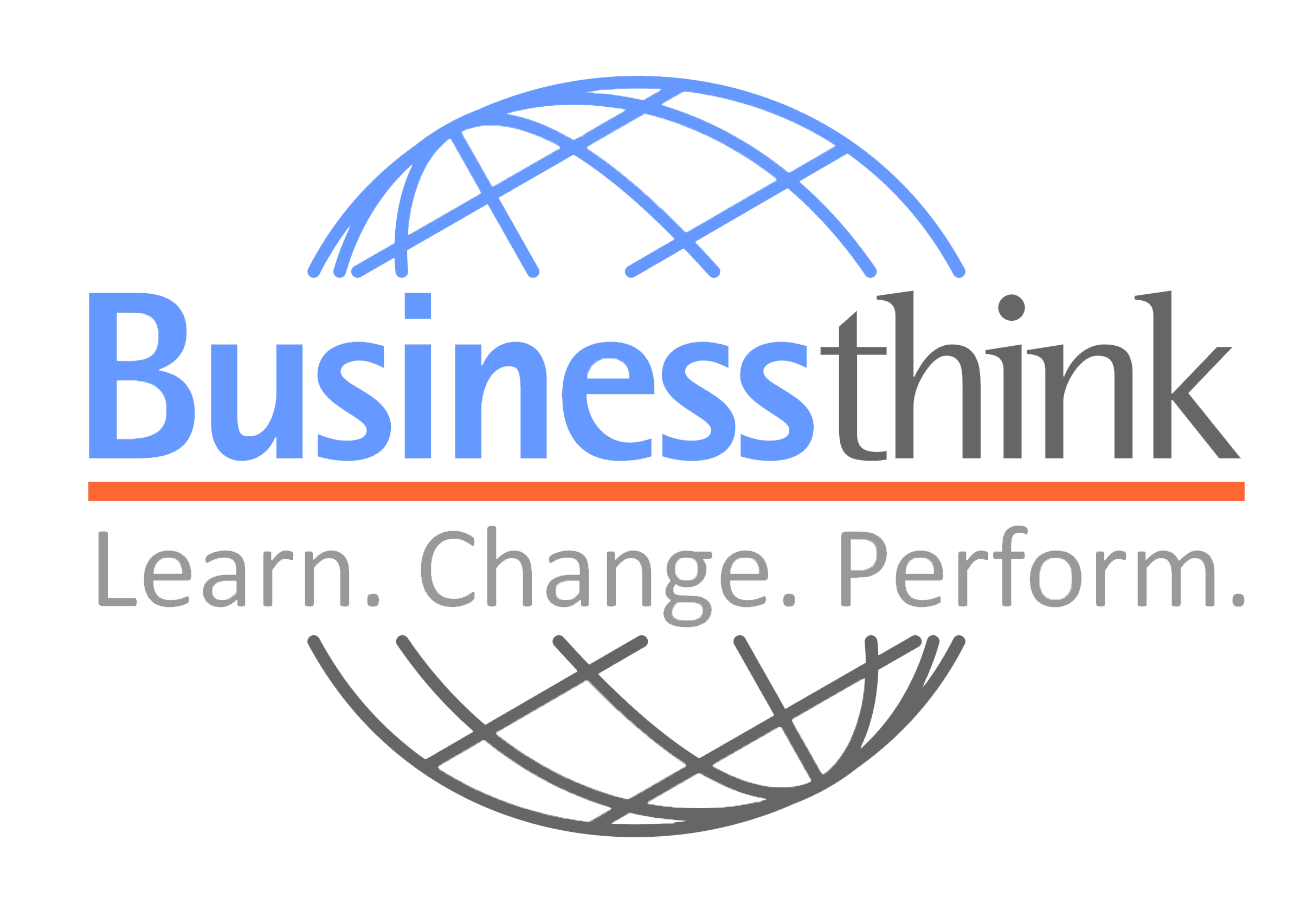
Strategic thinking is the process of anticipating, planning, and executing strategies to achieve long-term goals. It requires a systematic and analytical approach to problem-solving and decision-making. One way to approach strategic thinking is by using the Five C’s framework. The Five C’s of strategic thinking are critical factors that help individuals and organizations develop effective strategies. In this article, we will explore the Five C’s of strategic thinking and how they can be applied in different contexts.
Clarity
The first C of strategic thinking is clarity. Clarity refers to having a clear understanding of the organization’s goals, vision, and values. This involves defining the organization’s purpose, identifying its strengths and weaknesses, and understanding the external factors that can impact its success. Clarity is essential for developing a clear and focused strategy that aligns with the organization’s goals and values.
To achieve clarity, it is important to engage in a thorough analysis of the organization’s internal and external environment. This involves conducting a SWOT analysis (Strengths, Weaknesses, Opportunities, Threats) to identify the organization’s strengths and weaknesses and the opportunities and threats that exist in the external environment. It is also important to define the organization’s mission, vision, and values and communicate them effectively to all stakeholders.
Creativity
The second C of strategic thinking is creativity. Creativity refers to the ability to generate new ideas and solutions to problems. This involves thinking outside the box, challenging assumptions, and exploring new possibilities. Creativity is essential for developing innovative strategies that can help organizations stand out from the competition.
To foster creativity, it is important to create a culture of innovation within the organization. This involves encouraging employees to share their ideas, taking risks, and experimenting with new approaches. It is also important to provide employees with the resources and support they need to develop their creative skills, such as training, workshops, and brainstorming sessions.
Capability
The third C of strategic thinking is capability. Capability refers to the organization’s ability to execute its strategy effectively. This involves having the necessary resources, skills, and systems in place to achieve the organization’s goals. Capability is essential for translating strategic plans into actionable steps that can be implemented successfully.
To build capability, it is important to assess the organization’s resources, including its financial, human, and technological resources. This involves identifying any gaps that exist and developing plans to address them. It is also important to invest in employee training and development to ensure that the organization has the necessary skills to execute its strategy effectively.
Collaboration
The fourth C of strategic thinking is collaboration. Collaboration refers to the ability to work effectively with others to achieve common goals. This involves building strong relationships with stakeholders, including employees, customers, suppliers, and partners. Collaboration is essential for creating a supportive environment that enables the organization to achieve its goals.
To foster collaboration, it is important to create a culture of teamwork within the organization. This involves encouraging communication, building trust, and promoting a shared sense of purpose. It is also important to involve stakeholders in the strategic planning process to ensure that their perspectives and ideas are taken into account.
Communication
The fifth C of strategic thinking is communication. Communication refers to the ability to communicate the organization’s goals, vision, and values effectively to stakeholders. This involves developing clear and concise messages that can be understood by all stakeholders and communicating them through various channels, including face-to-face meetings, emails, and social media.
To improve communication, it is important to develop a communication plan that outlines the key messages, target audience, and communication channels. It is also important to ensure that the messages are consistent and aligned with the organization’s goals and values.

